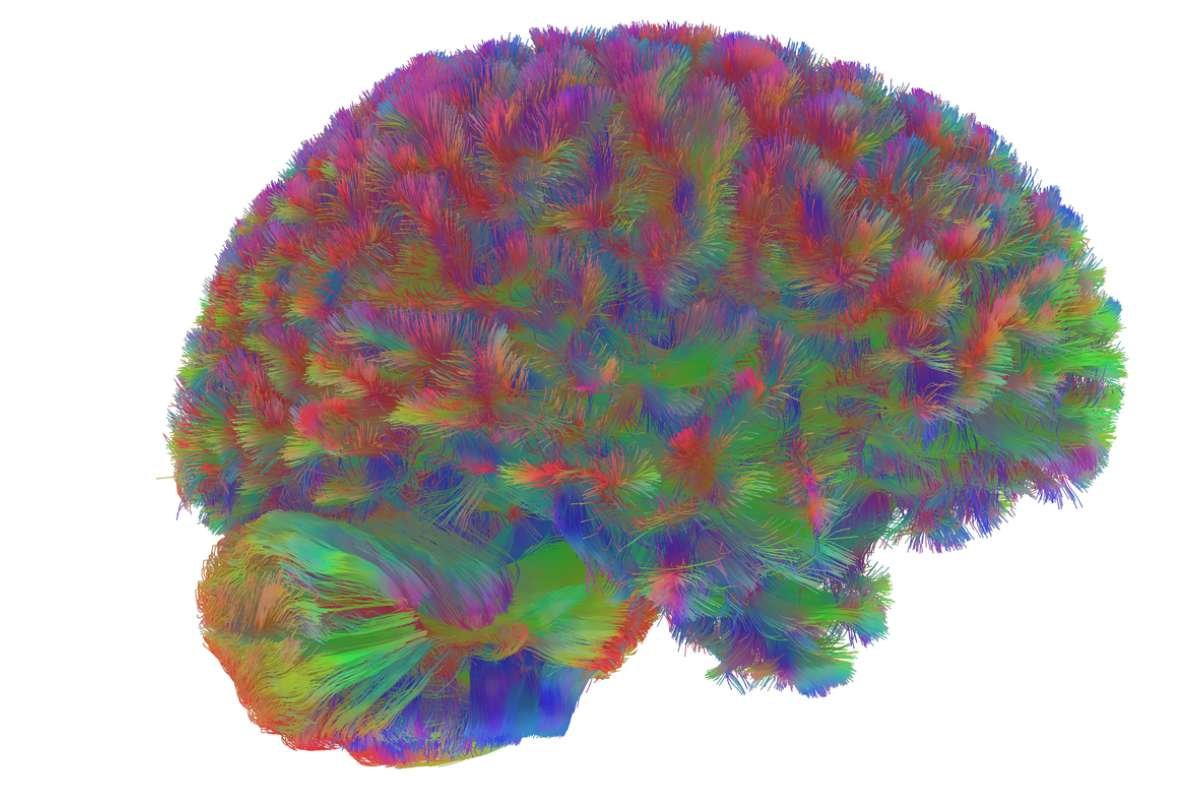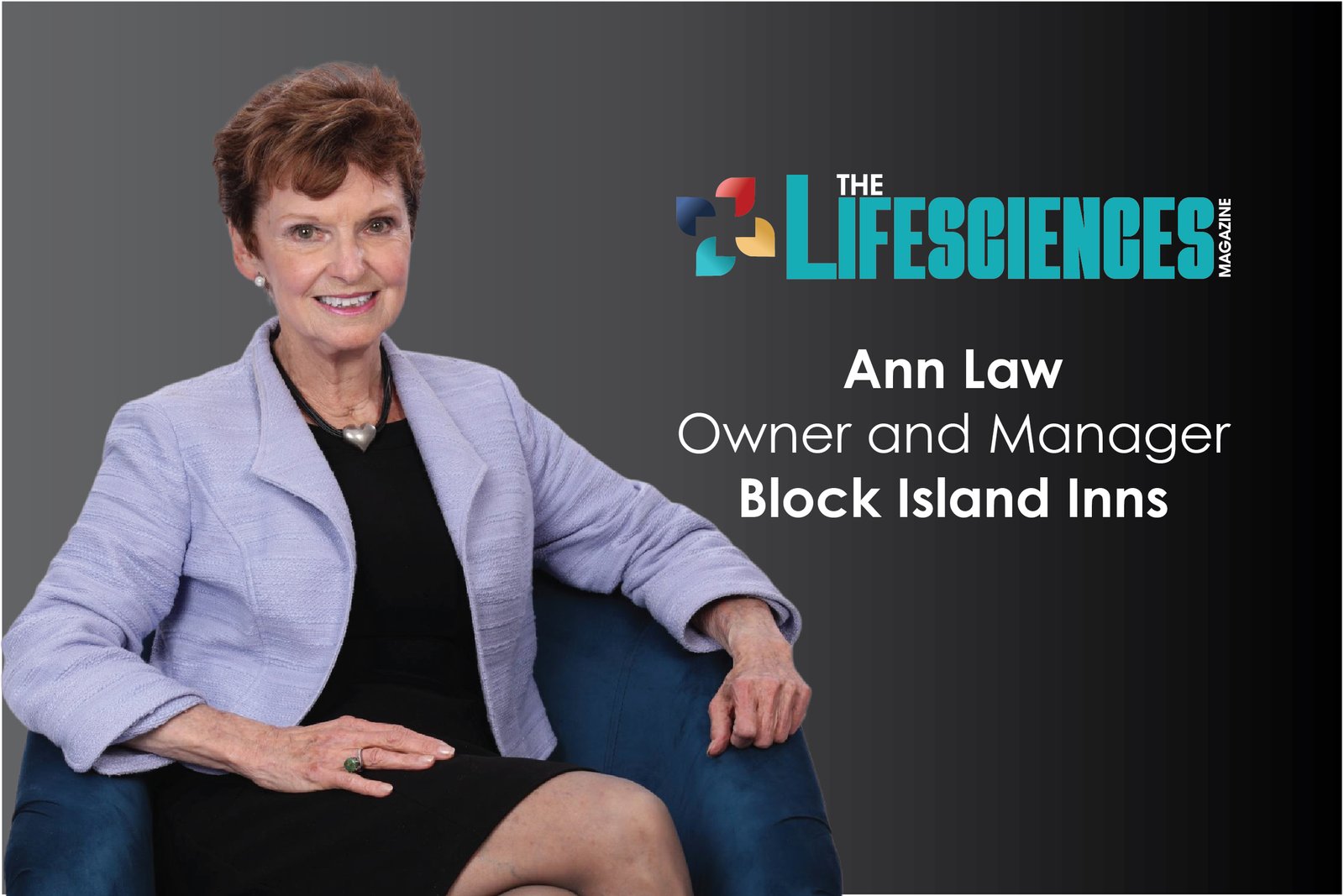Key Points:
- Brain Development Stages mapped across nearly 4,000 people reveal five major eras with key neural turning points at ages 9, 32, 66, and 83.
- Study shows brain wiring follows stable periods interrupted by major structural transitions across childhood, adulthood, and ageing.
- Research highlights when neural networks are most vulnerable, offering insights into mental health risks and age-related cognitive changes.
Scientists have identified five major human brain development stages, marking distinct shifts in neural wiring from infancy to late adulthood. The research, published Nov. 25, mapped the brains of nearly 4,000 people aged under one to 90 and found four major turning points at about ages nine, 32, 66 and 83.
The team examined how neural connections form, strengthen and decline. Their analysis showed that the brain does not follow a simple upward or downward path. Instead, it moves through long periods of stability interrupted by major structural transitions that reflect key brain development stages.
Prof Duncan Astle, a neuroinformatics researcher at Cambridge University and senior author of the study, said the findings outline broad phases that shape how the brain functions. “Understanding that the brain’s structural journey is not a question of steady progression, but rather one of a few major turning points, will help us identify when and how its wiring is vulnerable to disruption,” he said.
Childhood to Adolescence
The first era runs from birth through age nine. During this stage, the brain undergoes large-scale “network consolidation.” A baby’s brain has a vast number of synapses, and the more active ones survive while others are trimmed. The study found that wiring efficiency decreases during this period, even as grey and white matter grow rapidly. Cortical thickness reaches its peak, and the folding pattern of the outer brain stabilises, marking one of the earliest brain development stages.
The second era covers adolescence, lasting until about age 32. White matter continues to grow, and the brain’s communication networks become more refined. This period is defined by increasing efficiency across the whole brain. According to Alexa Mousley, who led the research, the stability of change during this era is what sets it apart. “It’s really the pattern of change,” Mousley said. She added that this phase may offer insight into risk factors for mental health disorders, many of which arise in adolescence and align with important brain development stages.
Adult Mode in Early 30s
The most significant shift occurs at about age 32, when the brain enters its longest era: adulthood. The researchers observed that brain architecture stabilises compared with earlier phases. Other studies suggest that intelligence and personality also level off in this period. Brain regions become more compartmentalised, meaning they specialise more in specific functions, forming yet another of the major brain development stages.
Life events may influence some of the changes seen around this age, though the study did not measure them directly. Mousley said it is reasonable to expect relationships between major milestones and neural changes. “We know that women who give birth, their brain changes afterwards,” she said.
Two Stages of Ageing
A turning point at about age 66 marks the beginning of early ageing. The study found that connectivity starts to decline, which the authors linked to deterioration in white matter. A final shift at about age 83 signals the onset of late ageing. In this period, decreases in connectivity become more pronounced— another defining point in late-life brain development stages.
The scientists measured brain organisation using 12 indicators, including network efficiency and how strongly the brain relies on central hubs. These measures helped define each era and explain how the brain’s architecture evolves across the lifespan.
The researchers said the findings offer a clearer picture of how the brain changes and when it is most susceptible to disruption. They noted that the eras represent broad trends rather than strict boundaries, and that individual experiences vary across these brain development stages.






